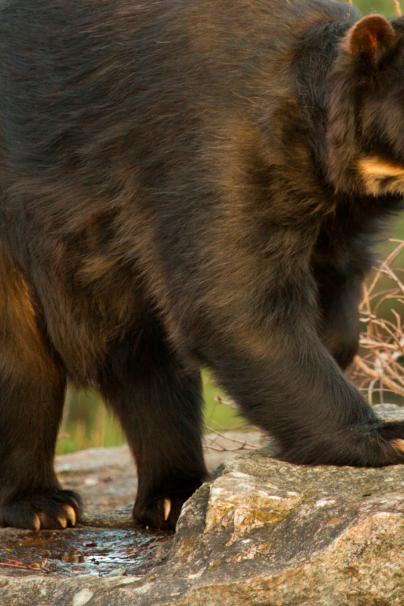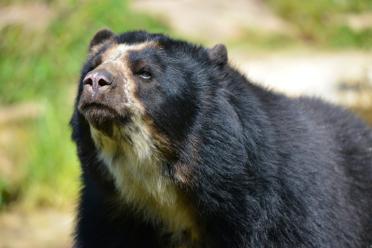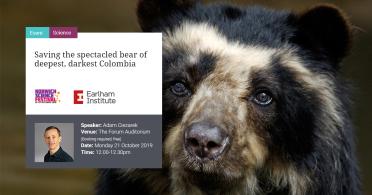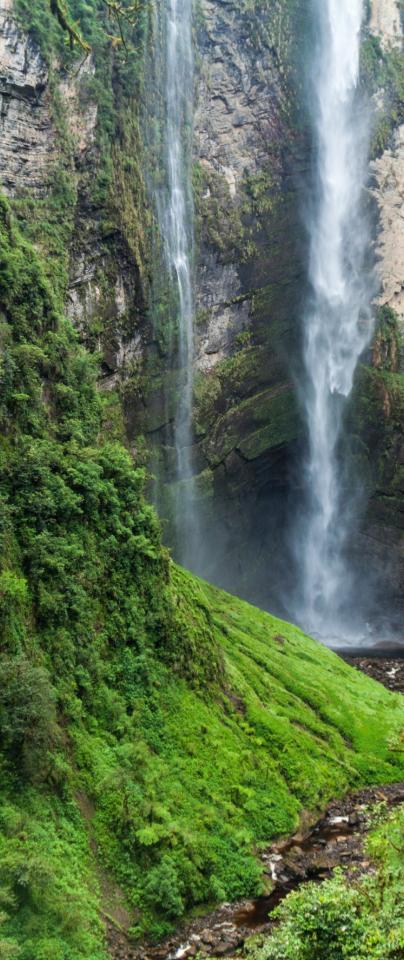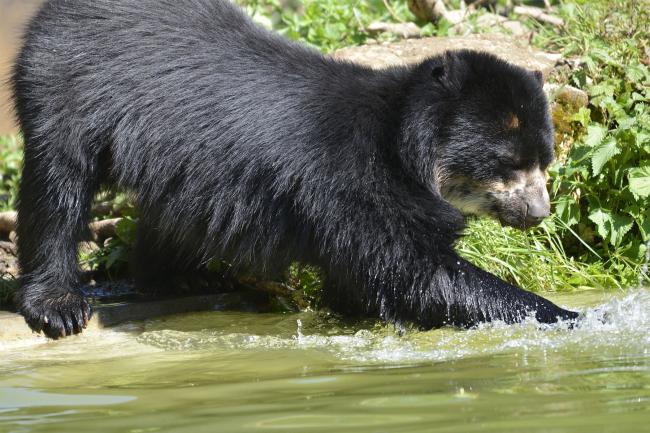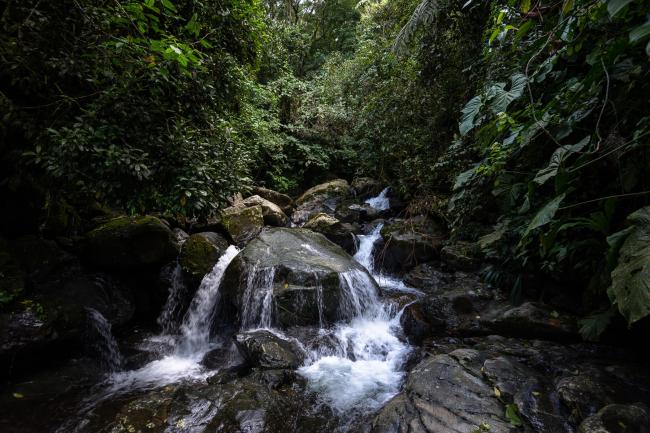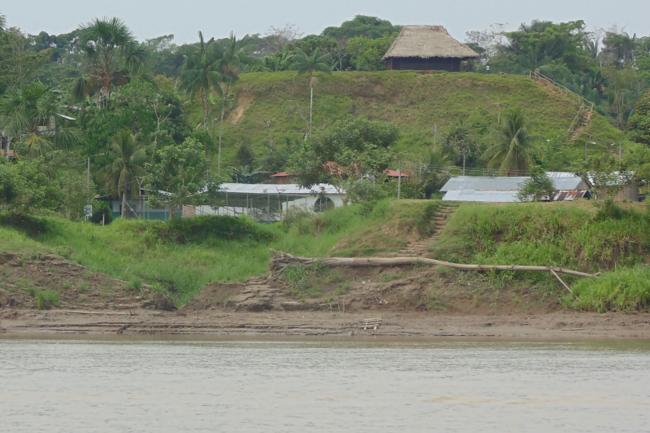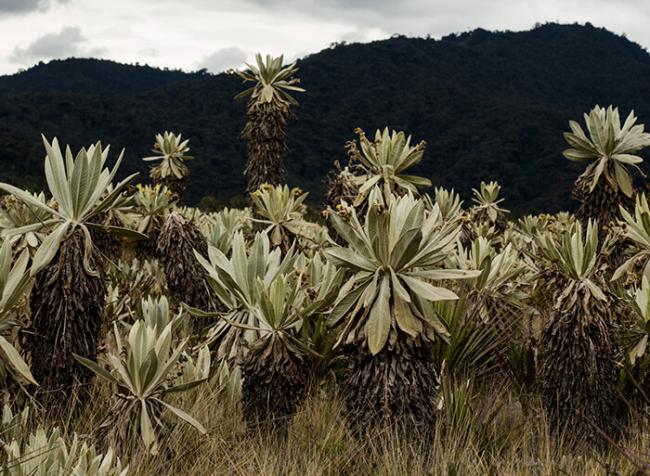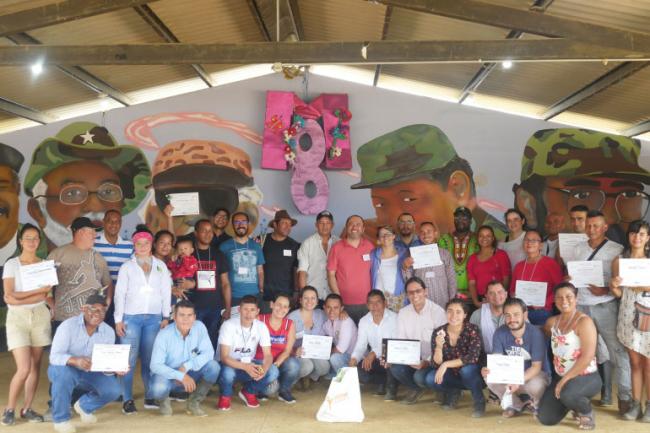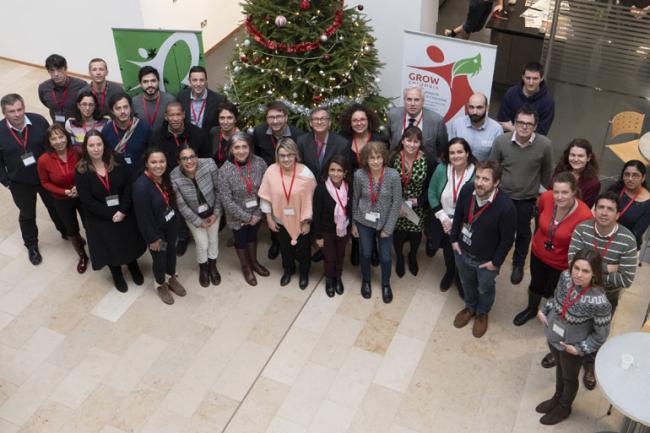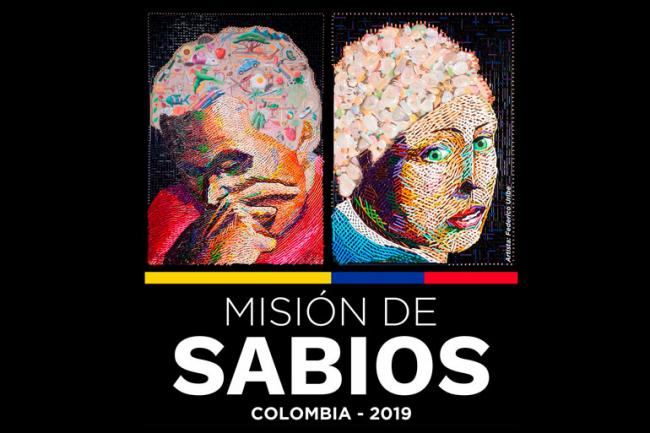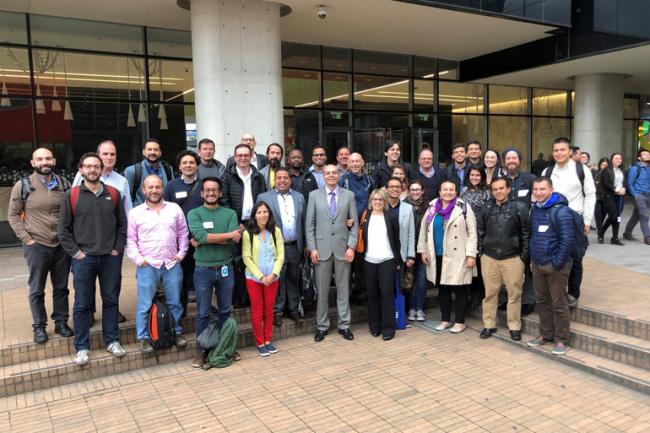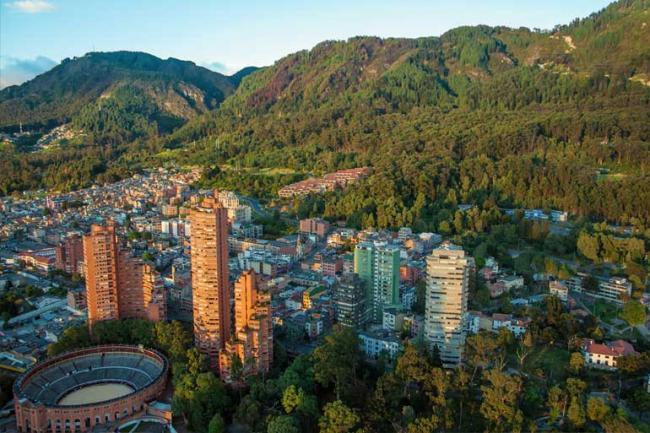
From the steep slopes of Colombian mountains
And the deepest, darkest forests of Peru
To the teeming vaults where natural history
Tells the tale of a point in time. Fixed
Samples pose, stuffed, ready to pounce, perused
By inquisitive passers by who stare at black eyes
Like drops of ink, ungazing, lifeless.
But their bearers still have tales to tell in their time,
Locked in ancient genetic code, safe in skin and bones,
Teeth in skulls, pads on paws, bring back hints
Of where those splayed claws once roamed
From generation to generation: gene flow
To glimpse a picture of Paddington’s past
And future, if, like many in the wild, he’ll last.
Night at the museum, in the moonlight cast,
Samples fixed in formaldehyde, pickled in jars,
Exist as dreams of nature bygone, undone,
But rich lives yet to be rerun.

